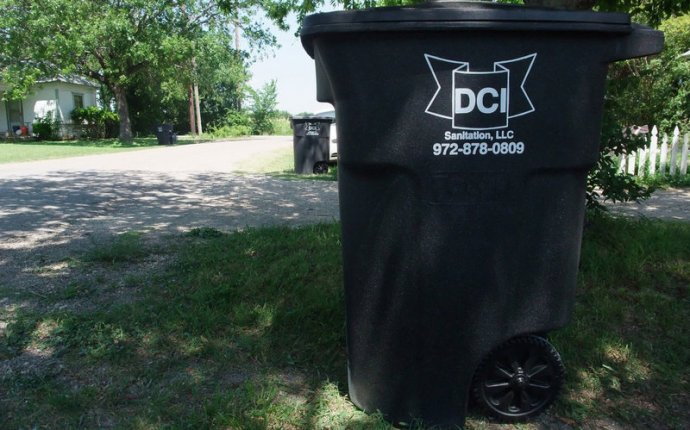
Garbage details
- PCB: Process Control Block holds some information about the process such as its identifier (PID) in Process Table, current status (running, waiting), its registered name, the initial and current call, and also PCB holds some pointers to incoming messages which are members of a Linked List that is stored in heap.
- Stack: It is a downward growing memory area which holds incoming and outgoing parameters, return addresses, local variables and temporary spaces for evaluating expressions.
- Heap: It is an upward growing memory area which holds physical messages of process mailbox, compound terms like Lists, Tuples and Binaries and objects which are larger than a machine word such as floating point numbers. Binary terms which are larger than 64 bytes are not stored in process private heap. They are called Refc Binary (Reference Counted Binary) and are stored in a large Shared Heap which is accessible by all processes who have the pointer of that Refc Binaries. That pointer is called ProcBin and is stored in process private heap.
GC Details
In order to explain current default Erlang’s GC mechanism concisely we can say; it is a Generational Copying garbage collection that runs inside each Erlang process private heap independently, and also a Reference Counting garbage collection occurs for global shared heap.
Private Heap GC
The GC for private heap is generational. Generational GC divides the heap into two segments: young and old generations. This separation is based on the fact that if an object survives a GC cycle the chances of it becoming garbage in short term is low. So the young generation is for newly allocated data, and old generation is for the data that have survived an implementation specific number of GC. This separation helps the GC to reduce its unnecessary cycles over the data which have not become garbage yet. In context of Erlang garbage collection there are two strategies; Generational (Minor) and Fullsweep (Major). The generational GC just collects the young heap, but fullsweep collect both young and old heap. Now lets review the GC steps in private heap of a newly started Erlang process:
Scenario 1:
Spawn > No GC > Terminate
No GC occurs in a short-lived process which doesn’t use heap more that min_heap_size and then terminates. This way the whole memory used by process is collected.
Scenario 2:
Spawn > Fullsweep > Generational > Terminate
A newly spawned process whose data grows more that min_heap_size uses fullsweep GC, obviously because no GC has occurred yet and so there is no separation between objects as young and old generations. After that first fullsweep GC, the heap is separated into young and old segments and afterward the GC strategy switches to generational and remains on it until the process terminates.









